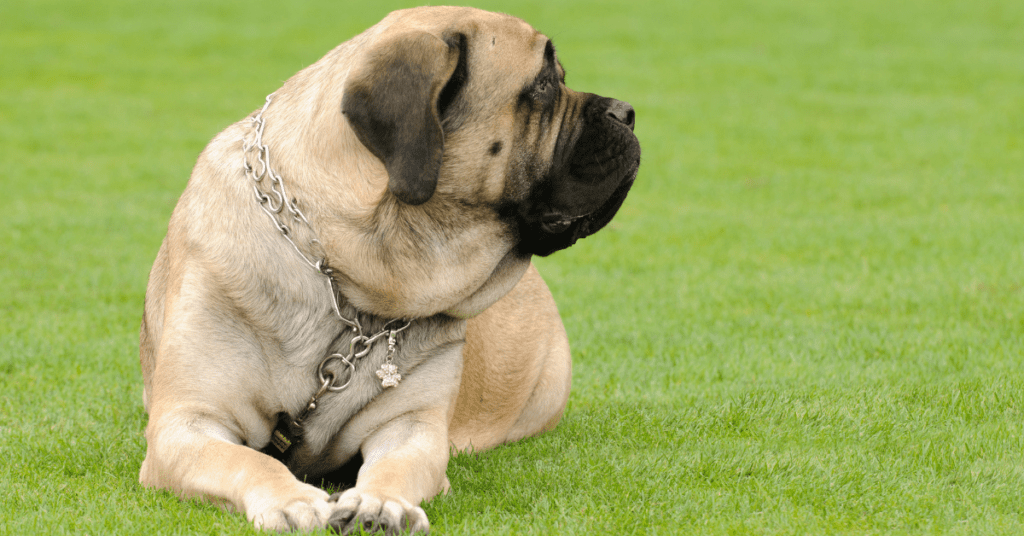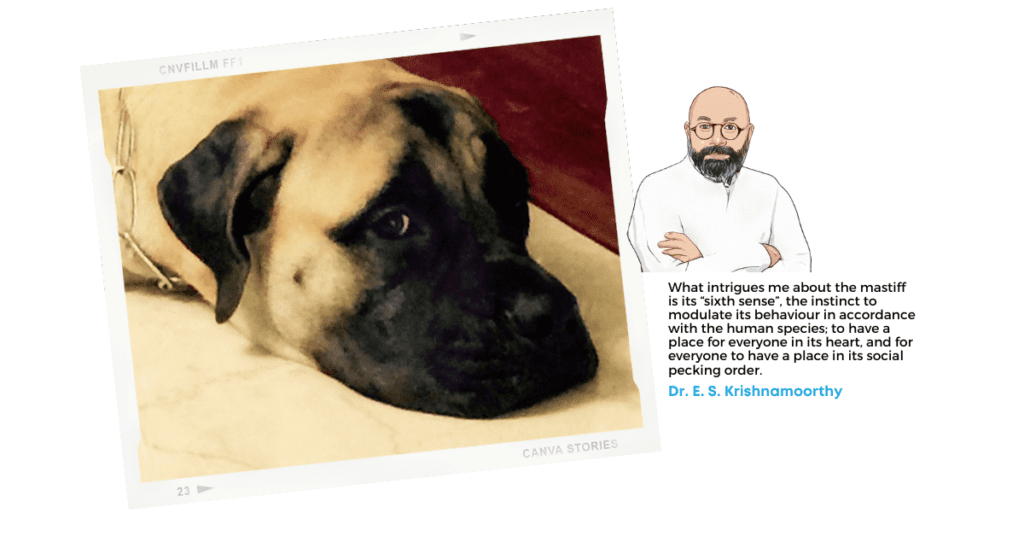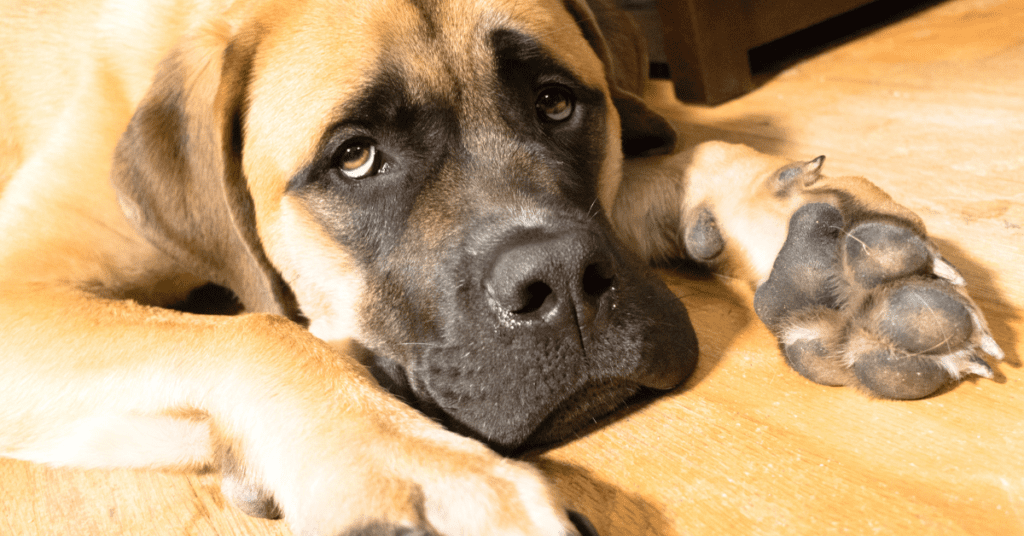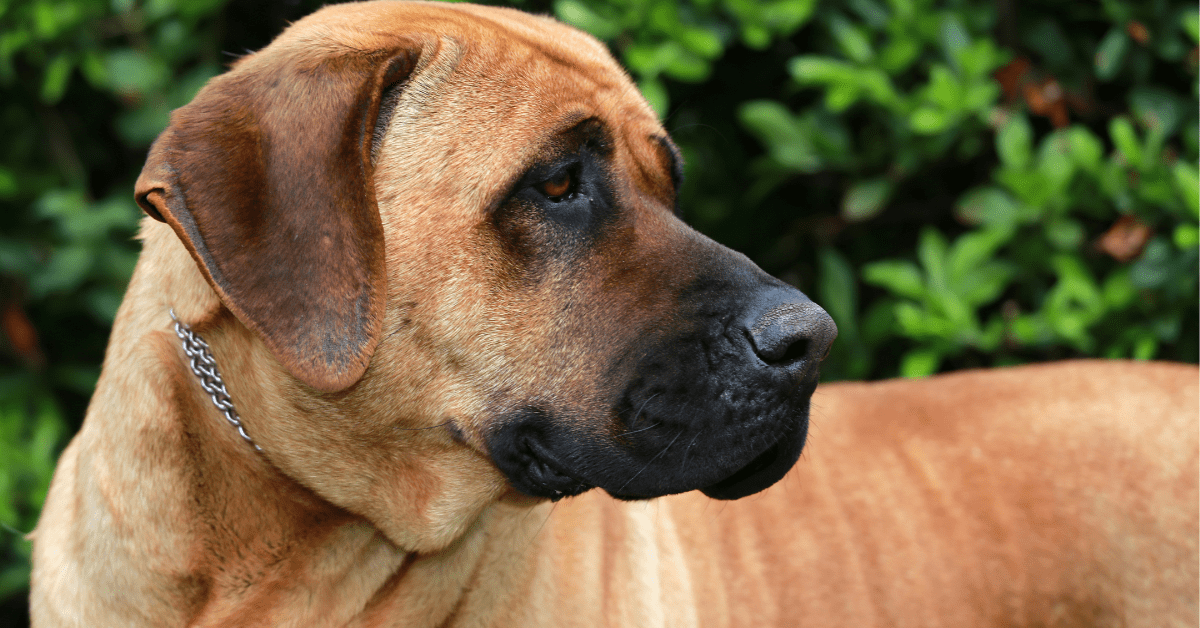The writer is all praise for the pet he brought home as a puppy and who is now a loyal companion.
About a year ago, I became the fortunate owner of a Bullmastiff. An eternal dog-lover, I acquired my first dog, a Beagle, when I was 11 years old. Over time, in my journey to middle age, I have experienced life with three other (all long-lived) dogs — a Labrador, German Shepherd and Basset Hound. En route, thanks too in part to my professional predilections, I have developed an interest in dog behaviour and temperament. My focus on the mastiffs as a generic breed, followed my search for a guard dog, one that could innately discriminate friend from foe, and innocuous experience from potential danger. My search ended when my sister found a home-bred Bullmastiff litter on Facebook, culminating in a frantic drive to Bengaluru with my 9-year-old son, to choose our puppy. Thus began our tryst with a mastiff.


Widely described as “reliable, devoted, reserved, protective, alert, docile, loyal, calm, powerful, courageous and loving,” the Bullmastiff shares the characteristics of the Molosser dogs used by gamekeepers to guard the old English estates. Indeed, its progenitor, the English Mastiff, while alert and formidable, was thought to be too slow and plodding to take on the poacher and his dog, the lurcher. By crossing the English Mastiff with the Old English Bulldog (now extinct) in the late 19th Century, the compact, muscular and agile Bullmastiff came into being.
Legend has it that it was introduced at a fair, when a man challenged those present to try and outrun his dog; the man who tried, failed gloriously in his attempt, being brought down thrice by the Bullmastiff. Only one of about 13 mastiff breeds, the tallest being the Great Dane and the largest the English Mastiff (Argentina, Brazil, North America, parts of Europe and Eurasia, Tibet, all being represented in the mastiff family), the Bullmastiff is a large domestic dog with a solid build and a short muzzle.


I was inclined to choose a male puppy, having never brought up a female dog. Surprisingly, the advice I received from the breeder was to choose a female, as I would not, as a first time Mastiff owner (albeit experienced dog lover), cope with a male. I was also advised to build a dominant relationship with my dog, an egalitarian relationship being unsustainable with this breed.
“This is not a Labrador that you are taking home” said the gentleman repeatedly, with genuine concern. As it happens, Layla the Enchantress (as we named her), chose us and we were soon on our way home. In the car, all of two months old, she was composed in a way that was hard to believe. We would stop ever so often to give her a drink of water and/or a loo break, on the six-hour drive to Chennai, and she cooperated as if she had done it many times before, not soiling the car once, nary a whimper. Arriving home, we soon settled into a routine of feeds, exercise, toilet training and play.


Over a few days, Layla settled into our home having explored every nook and corner. In weeks, we could see why she was the “Gamekeepers’ Guard Dog”. Every sound was attended too, every person considered an intruder until introduced, every shadow a reason for suspicion. Indeed, late one night when she was asleep inside a bedroom, our son quietly brought in his friend for a natter. Any illusion of having cheated young Layla was destroyed in minutes, as she emerged from her apparent slumber, growling, the hair over her spine erect (distinctly coloured too), and proceeded to search the house until she had identified the intruder’s location and barked at him, until introduced properly. Indeed, the mastiff will not attack an intruder; instead it will rush towards him barking (a formidable sight), corner him and continue to bark until reassured.
Our morning walks are a daily highlight and eagerly anticipated. Within minutes of setting off, Layla “will do her jobs”, ensuring the remainder of the walk is a holy communion between man and beast. Indeed, by the time she was four months old, I had her walking “off leash” on the footpaths alongside the arterial roads near our home. Not once has she lost her composure, even when we come across another excited dog. Not once has she attempted to leave my side, except when I have meandered from my usual path into unfamiliar territory. Not once has she attempted to lead me; instead in classic pack animal behaviour, she waits at doorways, gates, even pathway dividers, for me to lead the way, acknowledging my pack leadership. Not once have I had to strike her, raising my voice, even an angry glance being enough for her to alter her behaviour suitably.
It is not that she has not tried to push the envelope, that being the predilection of this breed. Everyone is tested for their ability to “stand up”. For those who fail the test, Layla is the pack leader, and they must therefore follow her. The few who succeed are rewarded with loyalty and obedience that is par compare. Only one person, though, is given the privilege of being the “master”, and accorded unquestioning obedience and unbridled affection. From knowing which piece of furniture to occupy and which ones to avoid; begging for a scrap of food with immense dignity, yet never grabbing it from the table, even unattended; sitting still in a public place with amazing grace, surrounded by a hundred curious strangers, the Mastiff demonstrates a poise that is both awe-inspiring and endearing.


Many dog breeds have superior intelligence and can be trained to perform a range of often astonishing tasks. What intrigues me about the mastiff is its “sixth sense”, the instinct to modulate its behaviour in accordance with the human species; to have a place for everyone in its heart, and for everyone to have a place in its social pecking order. The innate power to discriminate between different human beings, their relevance to context and intentions.
Of course, the Mastiff is not alone in being able to do this. Among snakes, the King Cobra is thought to share this unique sixth sense. Indeed, herpetologist Romulus Whitaker describes rather eloquently, an incident during the making of his documentary, when he got too close to a King Cobra, who proceeded to warn him by rushing in his direction without biting and when the offence was repeated, proceeded to bite his behind. Whitaker credited being alive to his thick jeans. Other examples of the “superior intellect” this 12-18 feet long king of snakes possesses, are permitting its trainer to kiss the top of its head (as it stands erect, hood spread out) and indeed permitting lady trainers to dance for an audience with its head inside their mouth, both these being part of public performances in South East Asia. Once again, the innate ability to distinguish friend from foe and build a relationship with a “master” appear to be unique to this sub-species. Of course, stories abound among those interested in the animal kingdom about unique human-animal bonding: many dog breeds, elephants, the big cats, dolphins and killer whales, all being included.


So what is it about these sub-species that confers upon them such uniqueness? From my Bullmastiff, I have learnt the importance of mutual respect; of routines and predictability in interaction; of being assertive without being aggressive or offensive; of integrity and faithfulness; and of demonstrating love unabashedly when it is due. When Layla joins me on my favourite couch, sits on my head, all 50 kg of her, demanding to be petted at the end of a long working day, I am reminded that the best form of love is “tough love”. Indeed!

